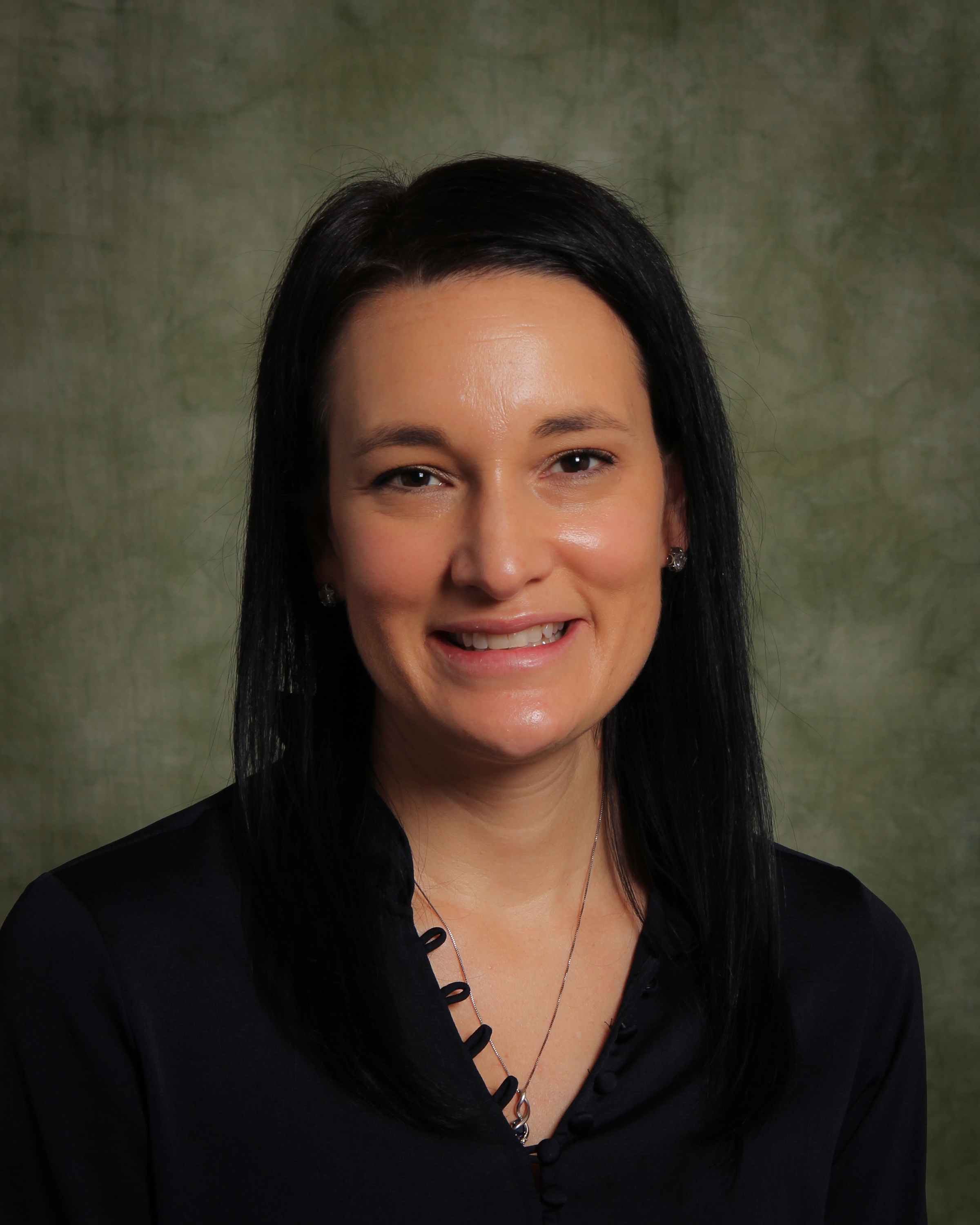Symposia
Couples / Close Relationships
5 - (SYM 116) What About Our Rural Communities? A Qualitative Approach to Understanding the Unique Impact of Minority Stressors and Relationship Help-seeking Behaviors on Health Outcomes Among LGB+ Community Couples

Melissa V. Gates, M.S. (she/her/hers)
Doctoral Student
Binghamton University
SUNY Binghamton
Vestal, New York, United States
Melissa V. Gates, M.S. (she/her/hers)
Doctoral Student
Binghamton University
SUNY Binghamton
Vestal, New York, United States- SY
Sarah Young, PhD (she/her/hers)
Associate Professor
Weill Cornell Medicine
New York, New York, United States - RM
Richard Mattson, PhD
Associate Professor
Binghamton University (SUNY)
Vestal, New York, United States - SM
Sean Massey, PhD
Associate Professor
Binghamton University (SUNY)
Vestal, New York, United States 
Christina M. Balderrama-Durbin, Ph.D. (she/her/hers)
Associate Professor
Binghamton University
Binghamton, New York, United States
Speaker(s)
Co-author(s)
Minority stress theory posits that stress unique to one’s sexual identity (e.g., harassment, discrimination) has negative implications on individual functioning for lesbian, gay, bisexual, and otherwise non-heterosexual (LGB+) individuals (Meyer, 2003). Although this original theory fell short of addressing how these stressors impact other areas (e.g., couple functioning), research by LeBlanc & Frost (2020) demonstrated that couple-level minority stress negatively impacts relationship and individual well-being. Couple-level minority stress theory (LeBlanc & Frost, 2020) extends the minority stress theory highlighting the interpersonal consequences of heterosexism. However, it does not encapsulate the distinct experiences of LGB+ couples from underserved backgrounds; namely, couples within rural communities who face additional stressors and barriers. This study qualitatively examined couple-level minority stressors and relationship help-seeking behaviors among LGB+ couples from rural communities.
A total of 17 (N=34) rural LGB+ couples, in a committed relationship for minimally six months, participated in semi-structured interviews. Participants identified as gay (25.0%, n=8), lesbian (37.5%, n=12), and bisexual+ (37.5%, n=12). An inductive approach was used for thematic analysis. Five central themes emerged, including considerations of public systems, invalidation of the relationship, relationship concealment, shared couple experience, influence of socialization and heteronormatives, and navigating other interpersonal relationships. While some couples identified how sources of stress infiltrated their relationship negatively, other couples found their romantic relationship to be a source of great support to counteract chronic stressors. Specific to rural couples, participants identified limited access to healthcare providers educated on sexual same-sex practices among LGB+ couples and an increased desire to be an active supporter in the local LGBT+ community to instill hope in future generations as important help-seeking barriers and facilitators. Participants also acknowledged navigating an environment where there are conservative beliefs, consequently influencing one’s feeling of safety and desire to disclose one’s sexual identity, as notable barriers. Findings suggest relevant considerations of the couple – especially rural couples – are unaccounted for in the current minority stress experience. Results will extend the current minority stress theory and inform clinical practice.

.png)
